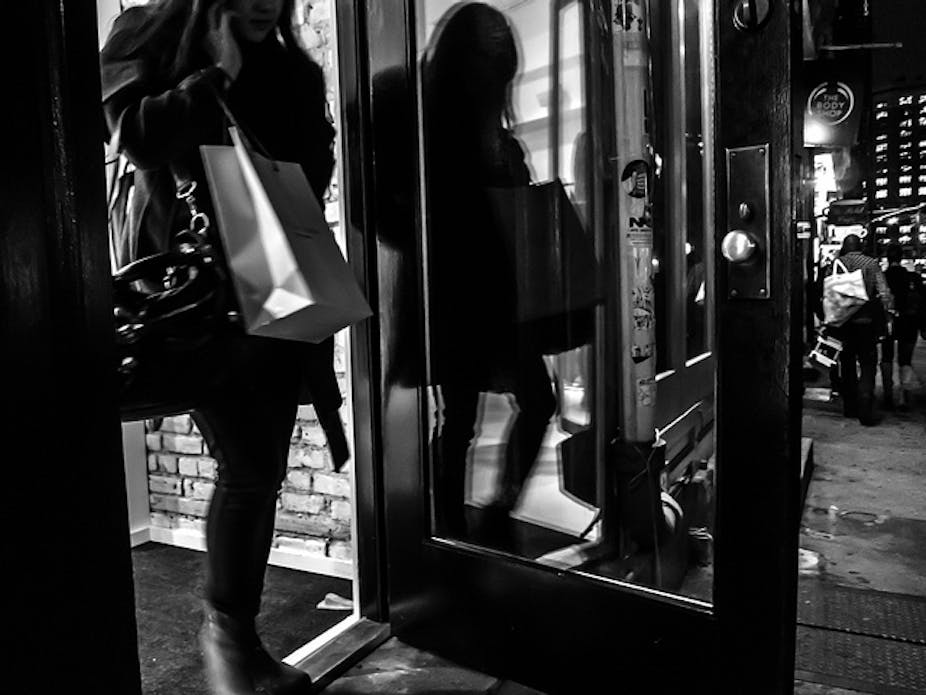Anorexia nervosa patients unconsciously alter their natural body movement due to skewed perceptions of their actual size, according to a new study by Utrecht University in the Netherlands.
The findings, which have been published in the open access journal PLOS ONE, show that anorexia nervosa does not just affect the way someone thinks, but the way they unconsciously react to everyday situations.
The study involved 39 women aged 18 and over, who had no medical condition that would otherwise affect the way they walked. There were 19 patients (13 with anorexia nervosa, 6 with unspecified eating disorders) and a control group of 20 healthy undergraduates.
The researchers watched the women walking through a doorway to see at what point they would rotate their shoulders to fit through.
The control group turned their shoulders when the doorway was 25% wider than their shoulders, whereas anorexic patients began to turn when the doorway was 40% wider. This showed that the anorexic patients unconsciously believed that they were much larger, despite their small frames.
“Anorexia nervosa patients experiencing their body as fat goes beyond thinking and perceiving themselves in such a way, it is even reflected in how they move around in the world. This indicates that the disturbed experience of body size in anorexia nervosa is more pervasive than previously assumed,” the researchers said in their paper.
Treatment
Lead author of the study, Anouk Keizer from Utrecht University, said in a press release that “current therapeutic interventions should not only focus on changing how patients think about their body and how they look at it, but also target the body in action; in other words, treatment should aim to improve the experience of body size as a whole.”
Dr Vivienne Lewis, Clinical Psychologist at the University of Canberra, said that a distorted perception of size is characteristic for anorexia sufferers.
“Being able to see the need to gain weight in order to be healthy is an important step in the recovery process,” she said.
Dr Peta Stapleton, Assistant Professor of Psychology at Bond University, suggested presenting the study findings to parents and carers of people with anorexia to help them better understand the condition, as sufferers are unlikely to believe the results.
“Treating clinicians need to move beyond the sufferer’s opinions and ideas knowing that their reactions and perceptions are inaccurate, and just get on with treatment. What we see is that this type of perception improves with weight gain, and sufferers can look back at photos when they are weight stabilised and ‘see’ how they used to look.”
Constant discomfort
Dean of the School of Psychology at Flinders University, Professor Tracey Wade, says the study findings echoed what patients had told her.
“They feel that they take up too much space in the world, more than they have a right to, and that they feel they need to get smaller and take up less space, that they deserve less space,” she said.
Professor Wade said the study deepened awareness of the discomfort patients experience.
“They feel large and accommodate this not only in their eating but also their movement – it is with them 24 hours a day.”
Dr Lewis, Professor Wade and Dr Stapleton were not involved with the original study.

